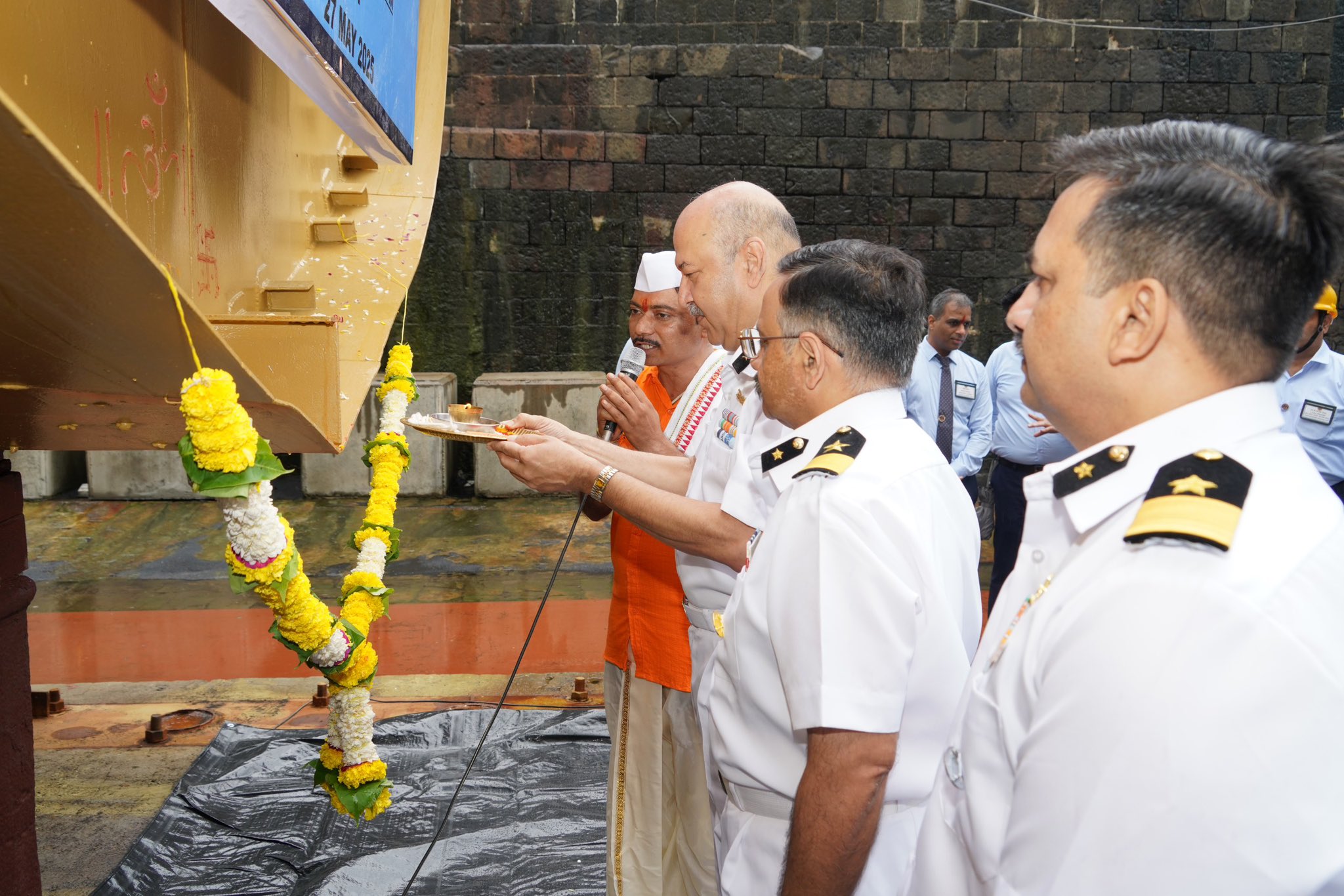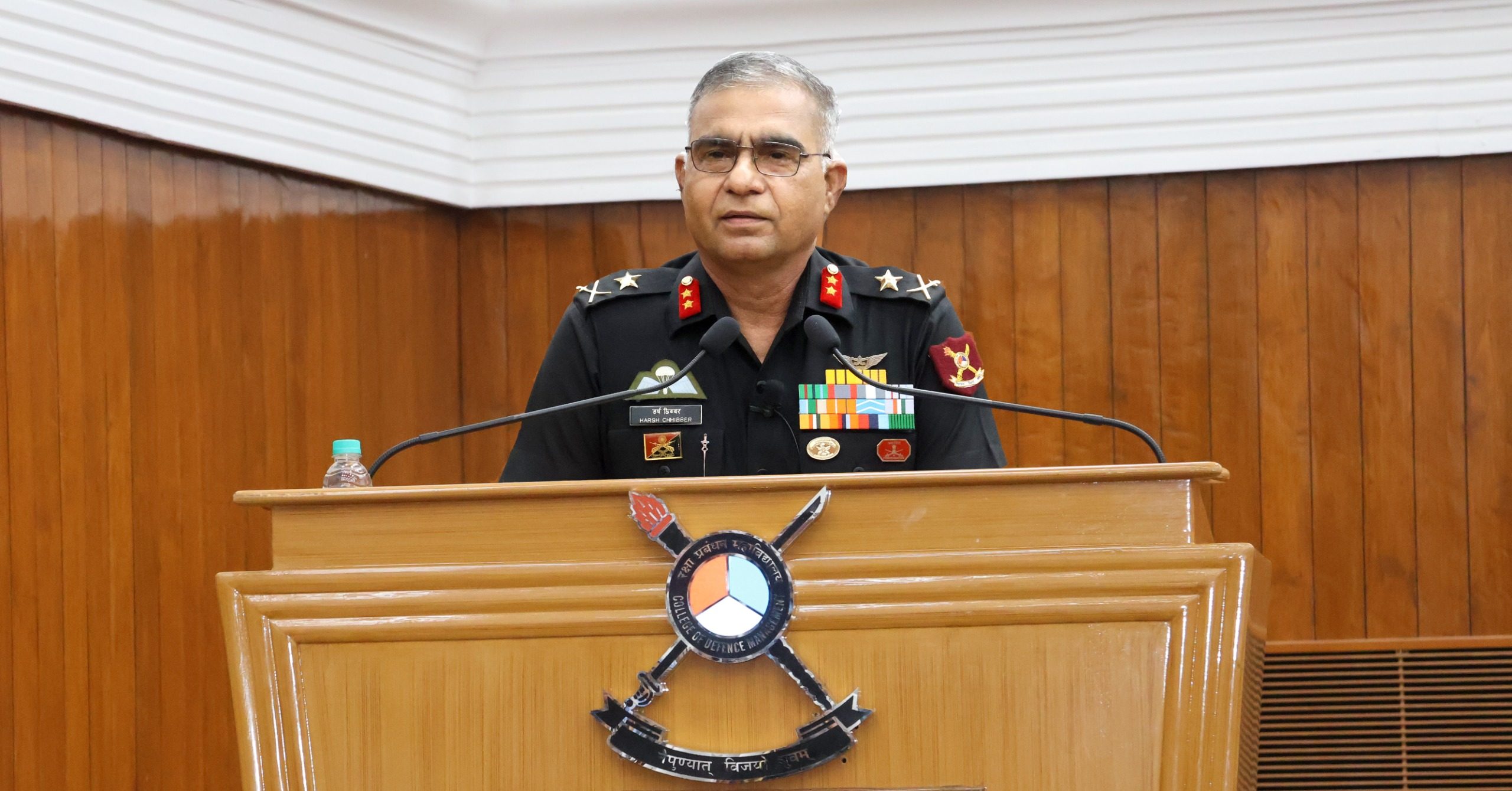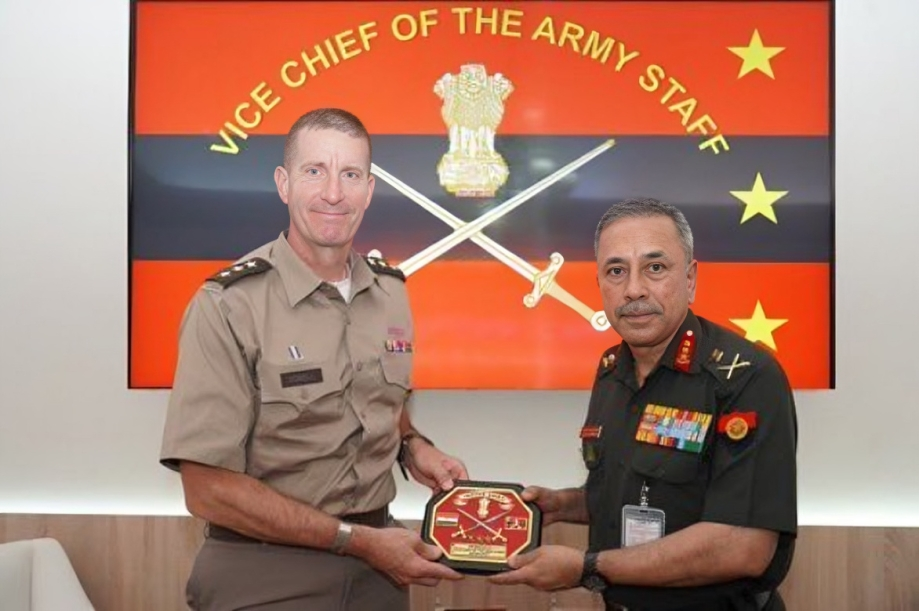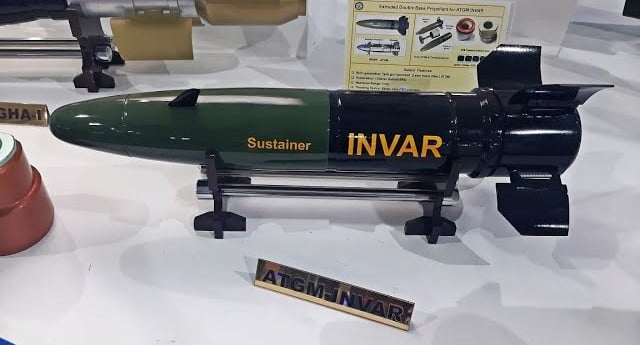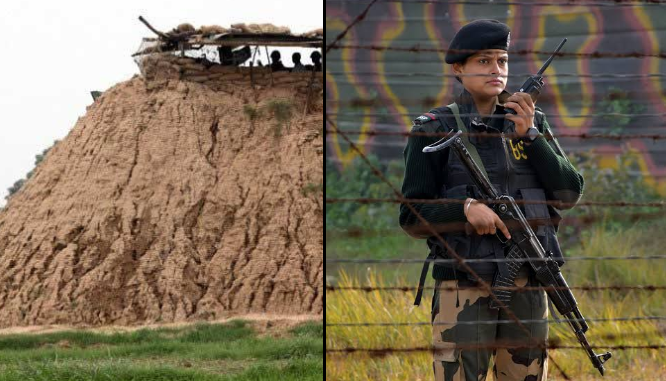Indian Security Forces Apprehend 13 Insurgents, Recover Weapons in Manipur Joint Operation
In a major counter-insurgency success, the Indian Army and Assam Rifles, operating under the aegis of the Spear Corps, launched…
MDL Begins Construction of First Fast Patrol Vessel for Indian Coast Guard
Mazagon Dock Shipbuilders Limited (MDL), a premier Navratna defense PSU under the Ministry of Defence, laid the keel for the…
Maj Gen Harsh Chhibber Inaugurates HDMC 21 at College of Defence Management
The College of Defence Management (CDM) in Secunderabad launched the 21st edition of its flagship Higher Defence Management Course (HDMC)…
USA and Indian Army Leaders Strengthen Ties at 28th Executive Steering Group Meeting
In a significant reaffirmation of growing defense cooperation, senior military leaders from the United States and India convened in Chennai…
India’s Defence Boost: Rs 3,000 Crore INVAR Missile Deal Awaits Cabinet Nod
The Ministry of Defence is in the final stages of clearing a significant acquisition proposal worth Rs 2,000–3,000 crore for…
BSF to Rename Border Outpost in Samba Sector as “Sindoor” in Honor of Operation Sindoor
The Border Security Force (BSF) has announced that a forward post in the Samba sector along the International Border (IB)…


